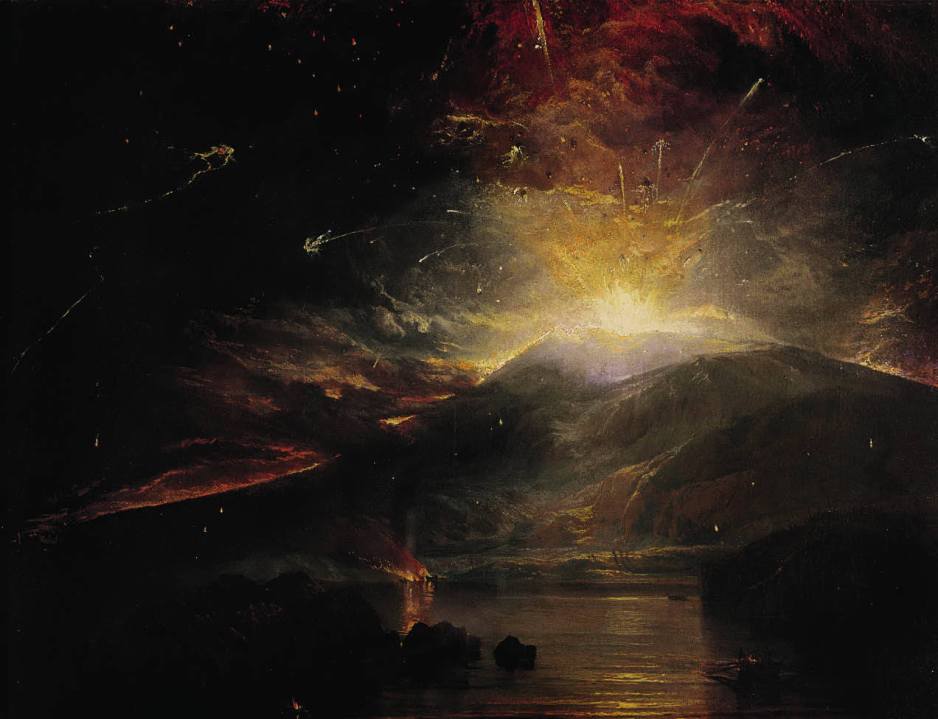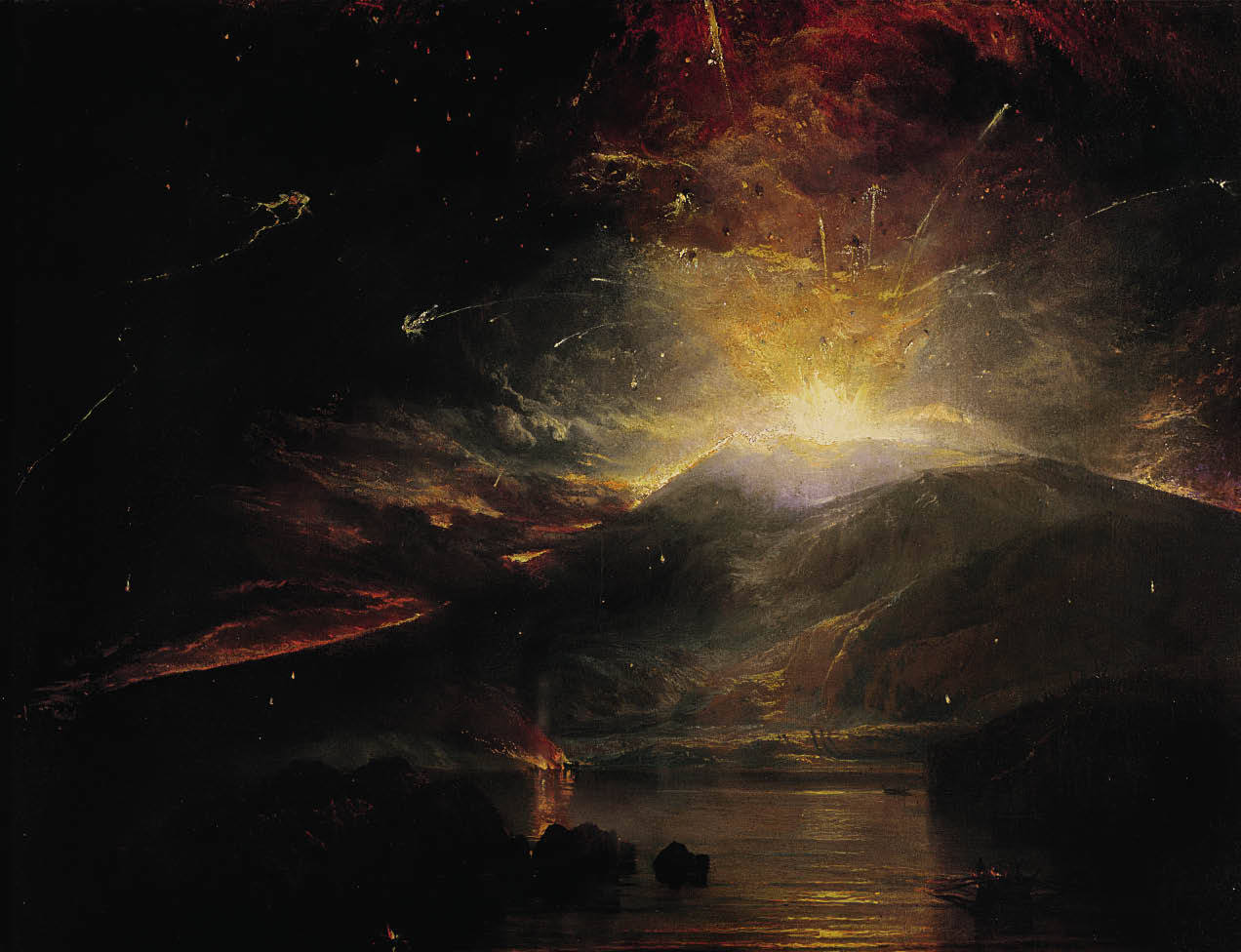From across Margate Bay, the prickly silhouette of the new Turner Contemporary art gallery points towards the sea like prows of departing cruise liners. Here at last is the inspired intervention in economy and townscape to encourage resurgence in the south-east of England as has been catalysed by Tate St Ives in the south-west.
Margate has a history of imaginative investment in high capital cost ventures to draw people to Thanet. The Royal Sea Bathing Hospital was opened in the 1790s to provide a cure for tuberculosis. John Rennie’s stone pier was completed in 1815 to allow steam packets to land visitors from London. An iron jetty reaching 50 yards out to sea opened ten years later so that more holidaymakers could land at low tide, while in the 1920s the pleasure park Dreamland grew out of the remnants of a zoo and circus, to emulate Coney Island in New York. While the jetty was blown down in 1978, they each had their century in the sun, rising, fading and emerging again. So if we take the longer view, David Chipperfield’s Turner Contemporary is just one more natural stage in Margate’s history.
How serendipitous it was that in the 1820s J.M.W. Turner saw the point of Margate, and went there again and again to enjoy its wide bay and magnificent sunsets. Margate’s sunsets have been discussed at length in the press lately, but what has been overlooked is the town’s other natural treasure: its shining shore, a wide chalk platform which low tide exposes. This gives an added luminescence, echoed by the glassy white facing of Chipperfield’s building, and provides a further dimension to the light that so attracted Turner.
Among the gallery’s many ambitions is one which underlines the name-recognition that Turner brings to it. Turner Contemporary does not have a permanent collection, so it will regularly import paintings by the artist from elsewhere (including the Turner Bequest at Tate Britain) as counterpoints to its exhibitions.
The current show, Revealed, exhibits six artists including Douglas Gordon, Daniel Buren and Ellen Harvey alongside one of Turner’s least characteristic works, a spectacular canvas of a volcanic eruption in the West Indies, on loan from the University of Liverpool Art Collections. This has a long rolling title which should be quoted in full because it reveals Turner’s particular determination, in this case, to be as clear as he possibly could. He explains the subject of the painting, its genesis, and the nature and time of the terrible event depicted in these words: ‘The Eruption of the Souffrier Mountains, in the Island of St Vincent, at Midnight, on the 30th of April, 1812, from a Sketch taken at the time by Hugh P. Keane Esqre’. I was asked to write about this picture for the exhibition, and there considered why it was that Turner took up this extraordinary subject, unprecedented in his work, a full three years after the eruption. What Turner does not do in the title is suggest what he might mean by the painting.
Turner had read about the eruption in the press, and may also have known the St Vincent plantation owner Hugh Perry Keane, who recorded the event both in his diary and in a sketch. Somehow, Turner got hold of the sketch. What we can be sure of, however, is that Napoleon abdicated as Emperor of France in April 1814, and was exiled to Elba. When he escaped from Elba in February 1815, a year marked also by the opening of Margate’s pier, the political volcano that was Europe erupted once more, to reach its crescendo at Waterloo the following June.
Turner was moved and motivated by political events throughout his life, and would make oblique allusive commentary. His ‘Snow Storm: Hannibal and his Army Crossing the Alps’ (1812, Tate Britain) used historical parallel to warn of dangers to liberty in Europe during the Napoleonic Wars. More than 20 years later, his two paintings of the ‘Burning of the Houses of Lords and Commons’ (1835, Philadelphia and Cleveland) drew attention to very real dangers to democracy in the years following the Reform Act, as Parliament burns down. These pictures were certainly about Hannibal and a big fire, but they had further, wider intentions.
We do not know what it was that persuaded Turner to paint this eruption and exhibit it at the same 1815 Royal Academy exhibition in which he showed ‘Dido Building Carthage; or the Rise of the Carthaginian Empire’ (National Gallery). One painting concerns violent destruction, the other national reconstruction; one reveals the reality of unleashed and uncontrollable natural forces, the other the imagining of a perfect state. The armies of Napoleon and the Allies had not met at Waterloo by the time the 1815 Academy exhibition opened in late April, so it was anybody’s guess how Europe would turn out at this hinge of history.
Turner was no prophet, but he had a strong historical sense, and while a painting as complex as ‘Dido Building Carthage’ would have been on the easel well before Napoleon escaped Elba, Turner could compose and paint at speed when needed. Here was a call to action: ‘The Eruption of the Souffrier Mountains’ may be seen not just as Turner’s first volcano, but also as a specific and calculated warning of the dangers facing Europe with Napoleon on the loose.
By focusing on one painting, or a small group, from the main national collections, Turner Contemporary can help deepen our understanding of what might have driven Turner. But this bold venture, conceived in confidence and opened in a time of uncertainty, can also and more powerfully reflect what art can reveal about our own times.
James Hamilton is the author of Turner — A Life (Sceptre). His book Volcano is to be published by Reaktion Books in spring 2012.







Comments